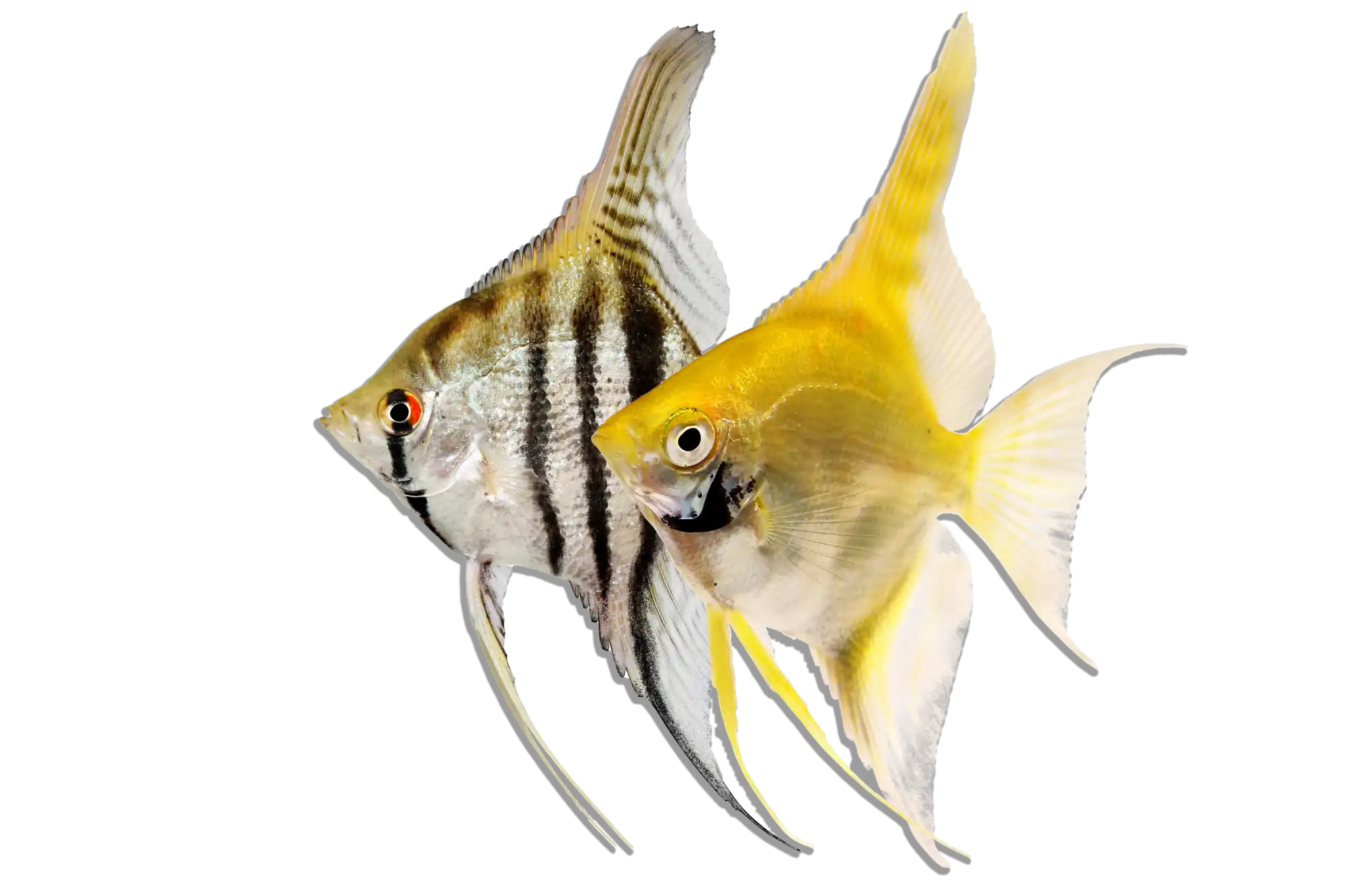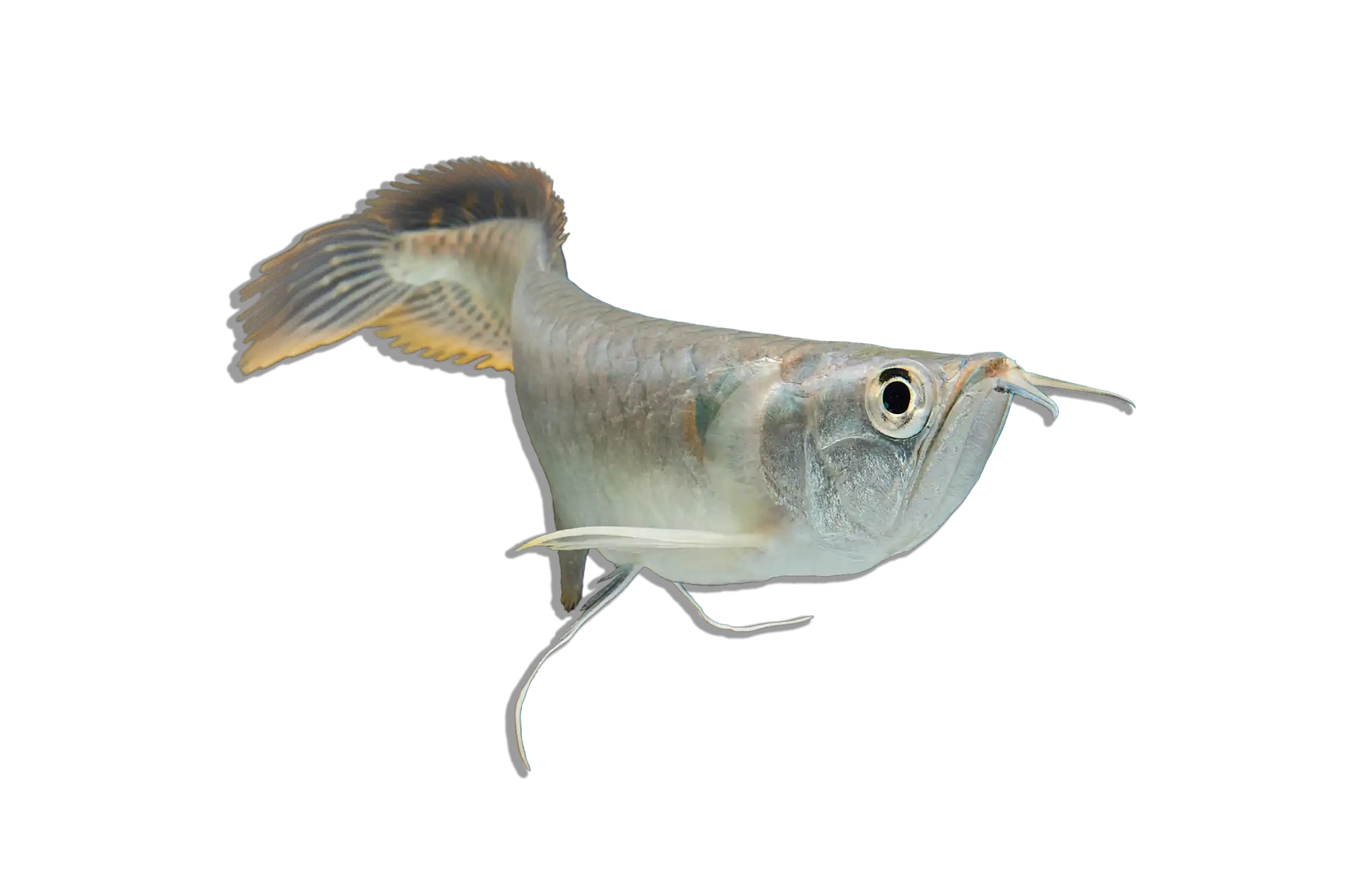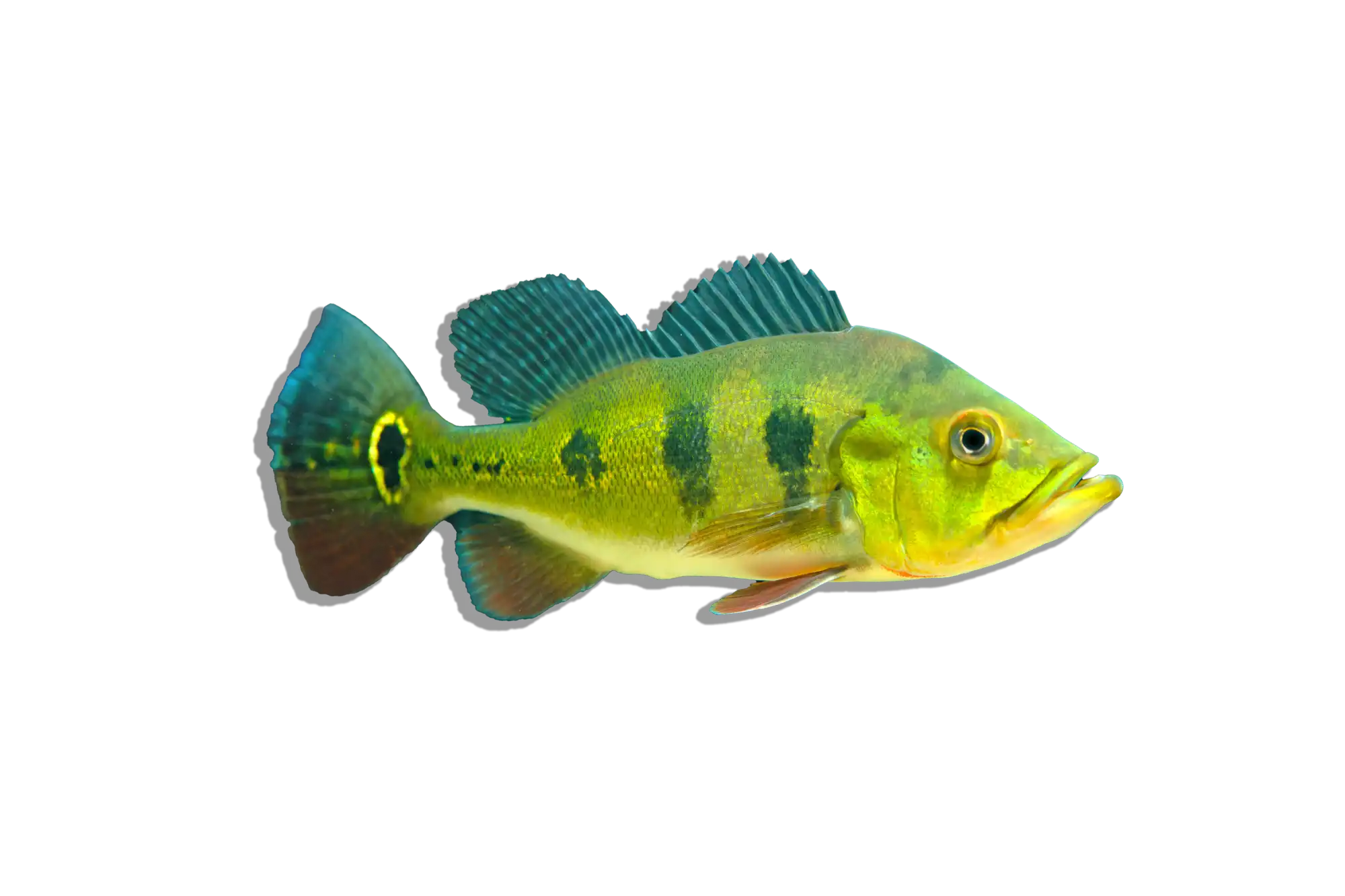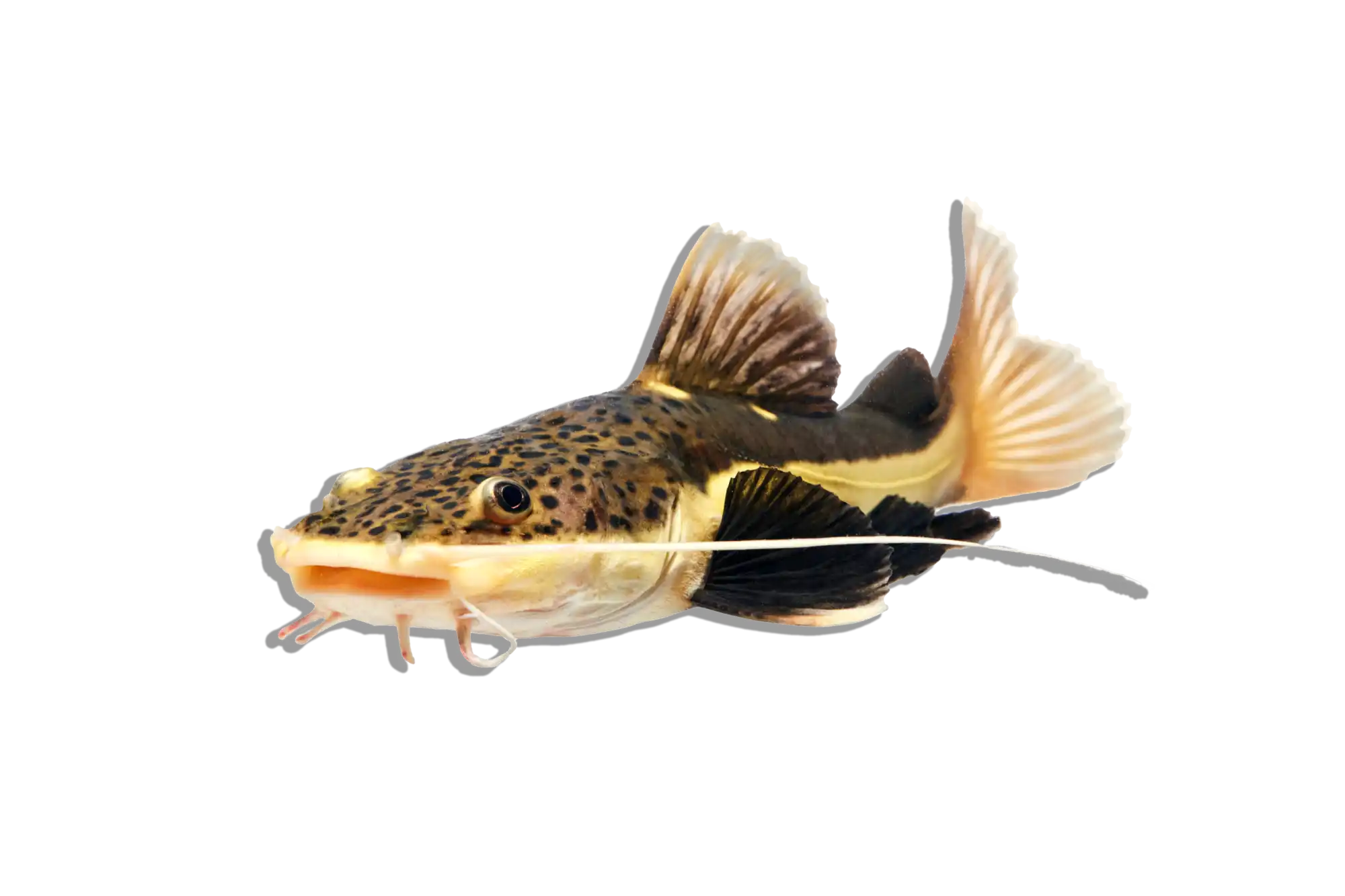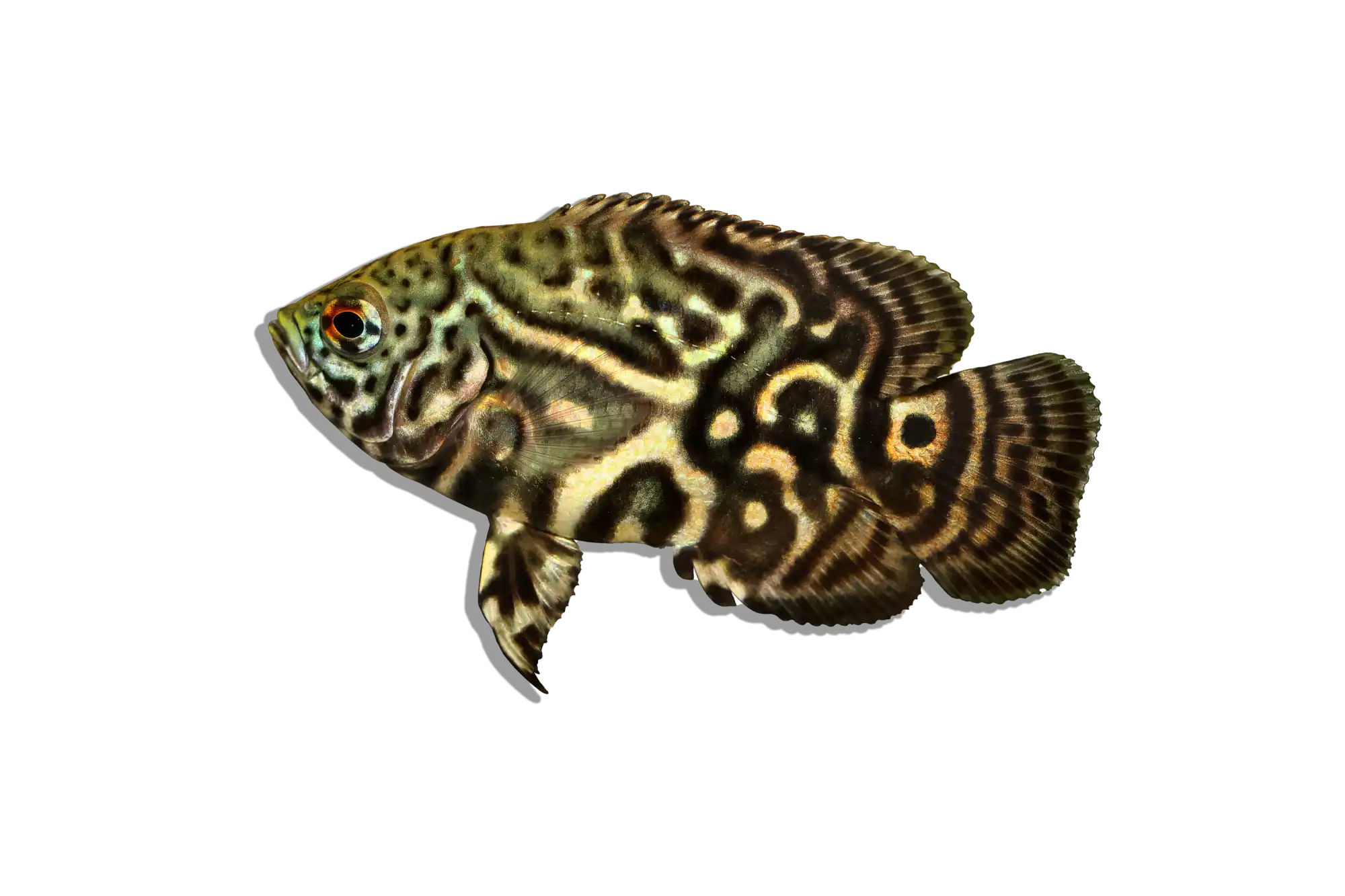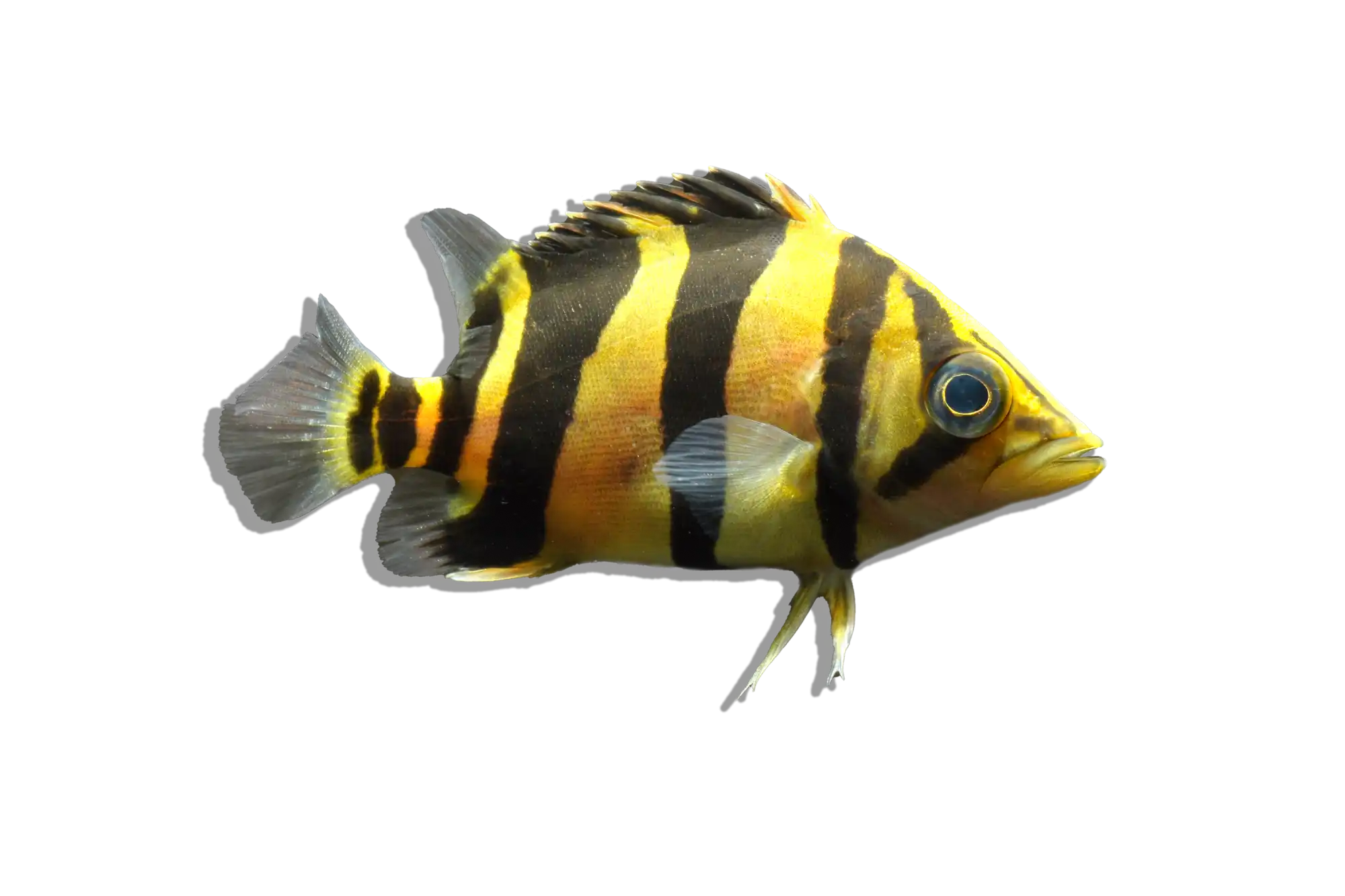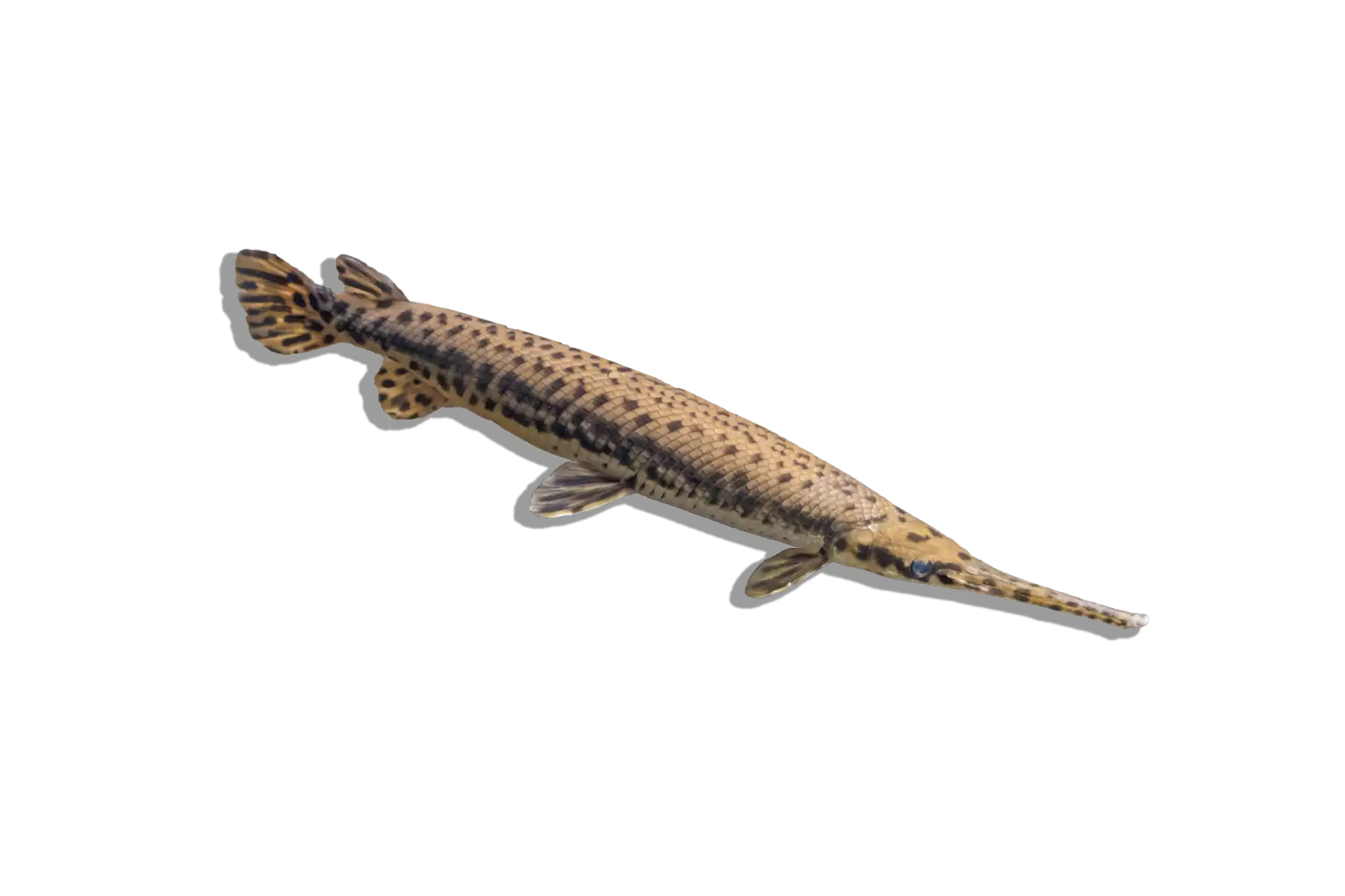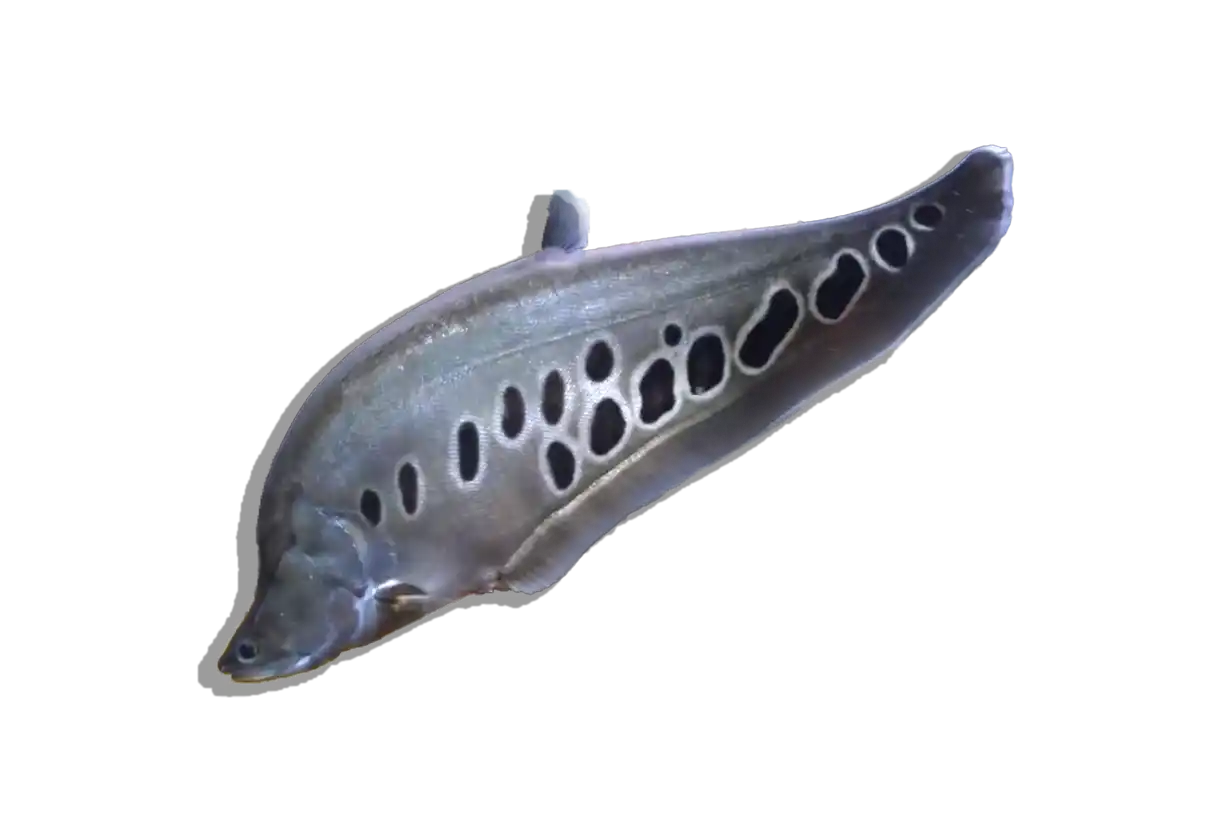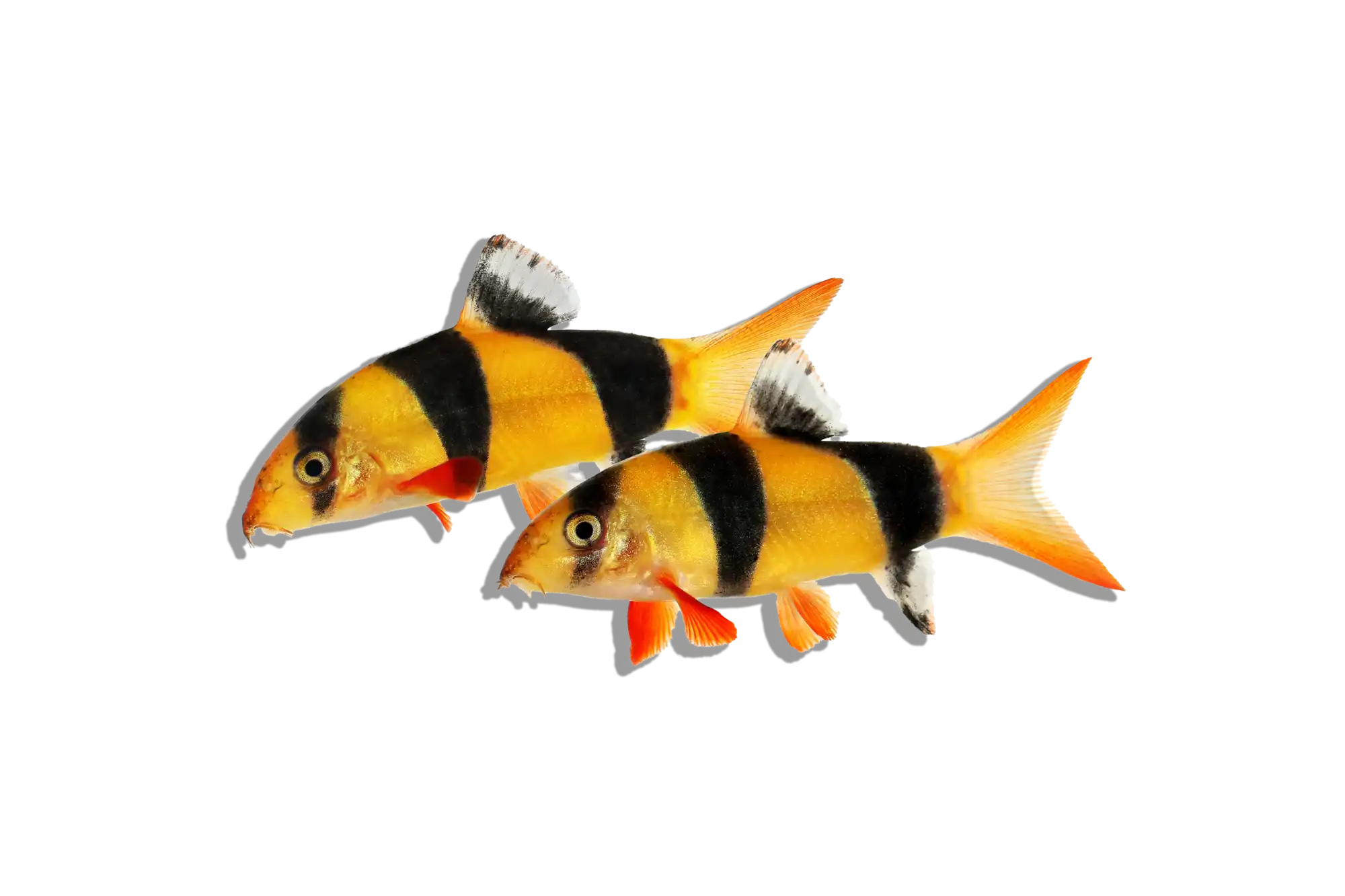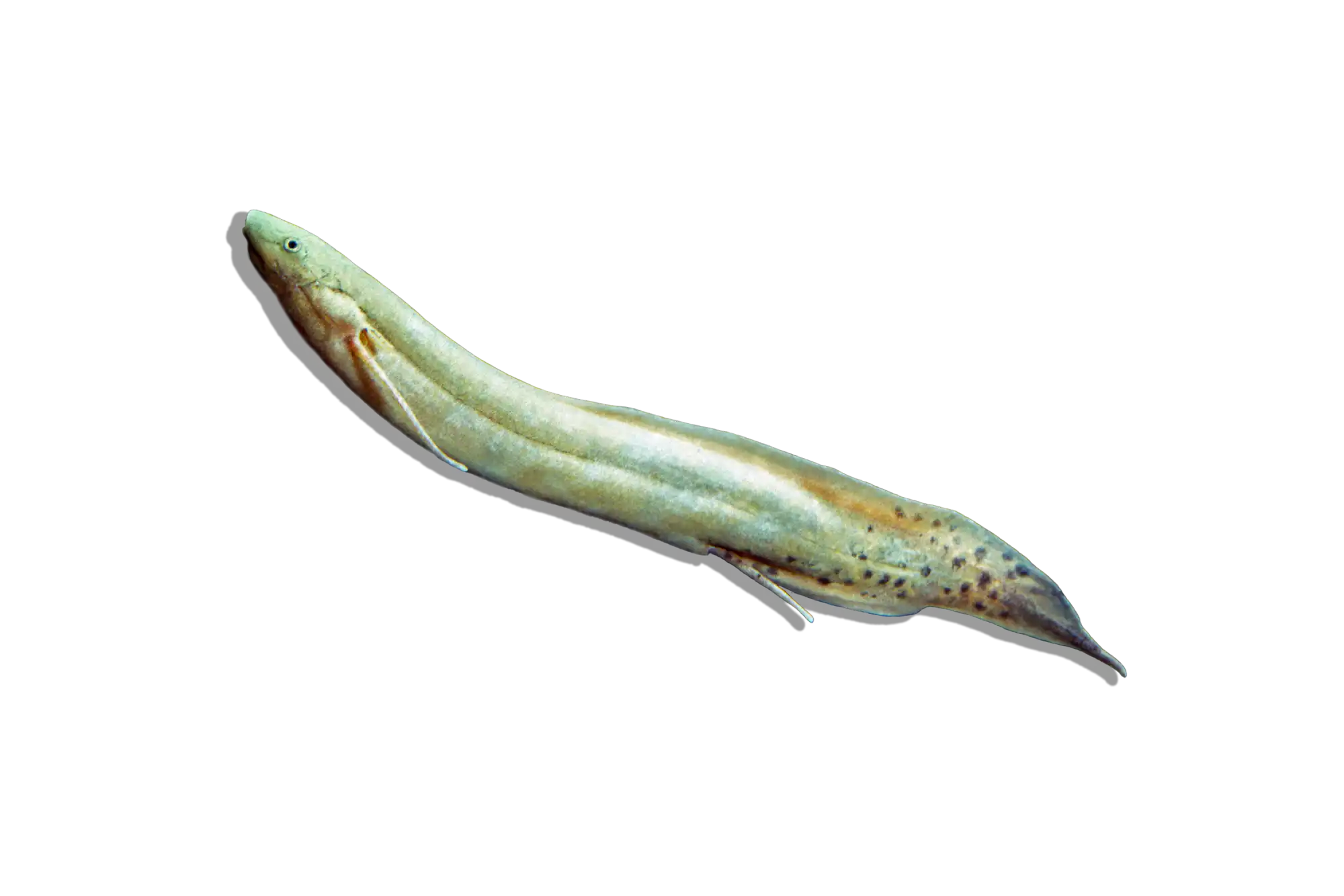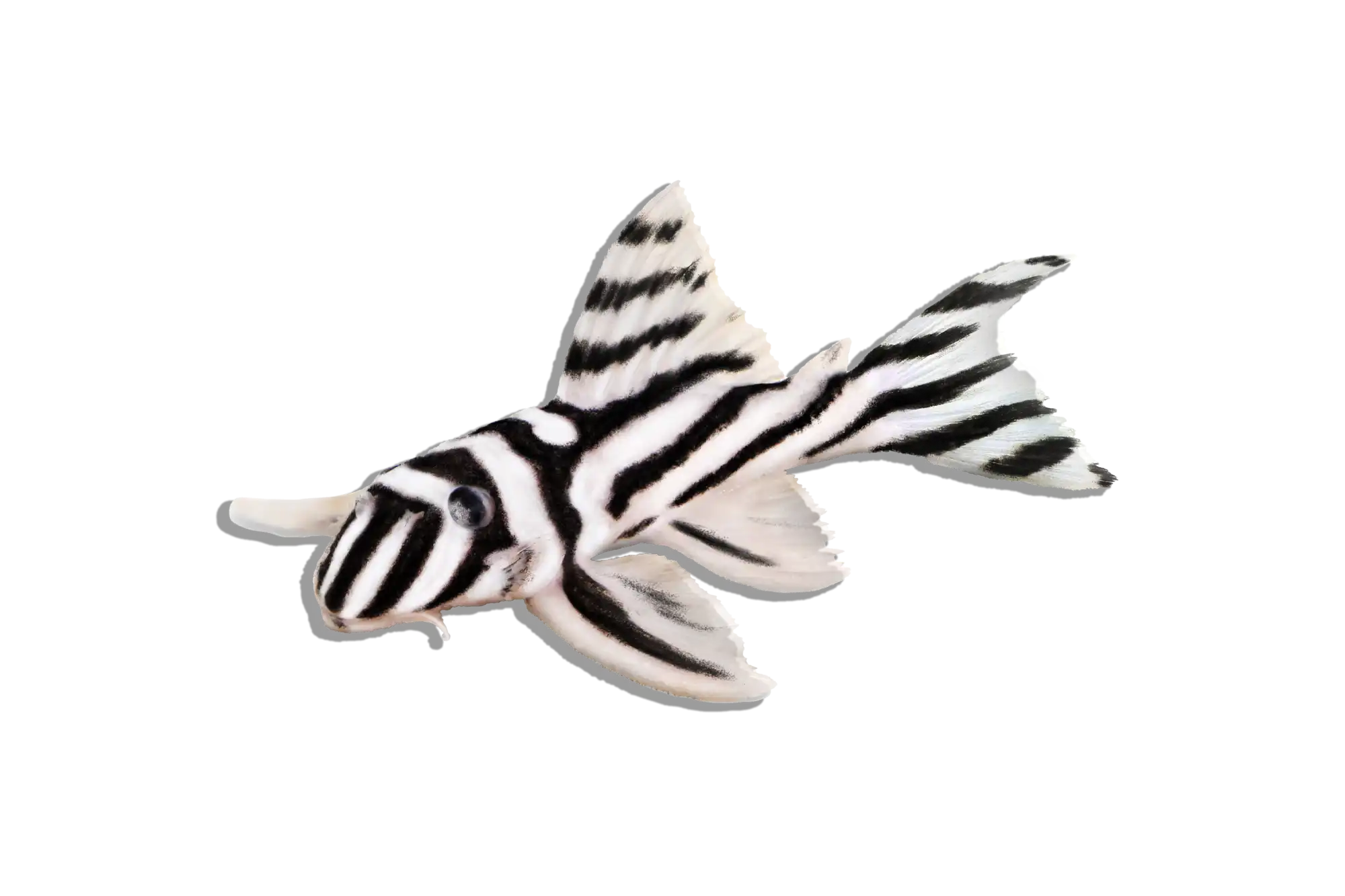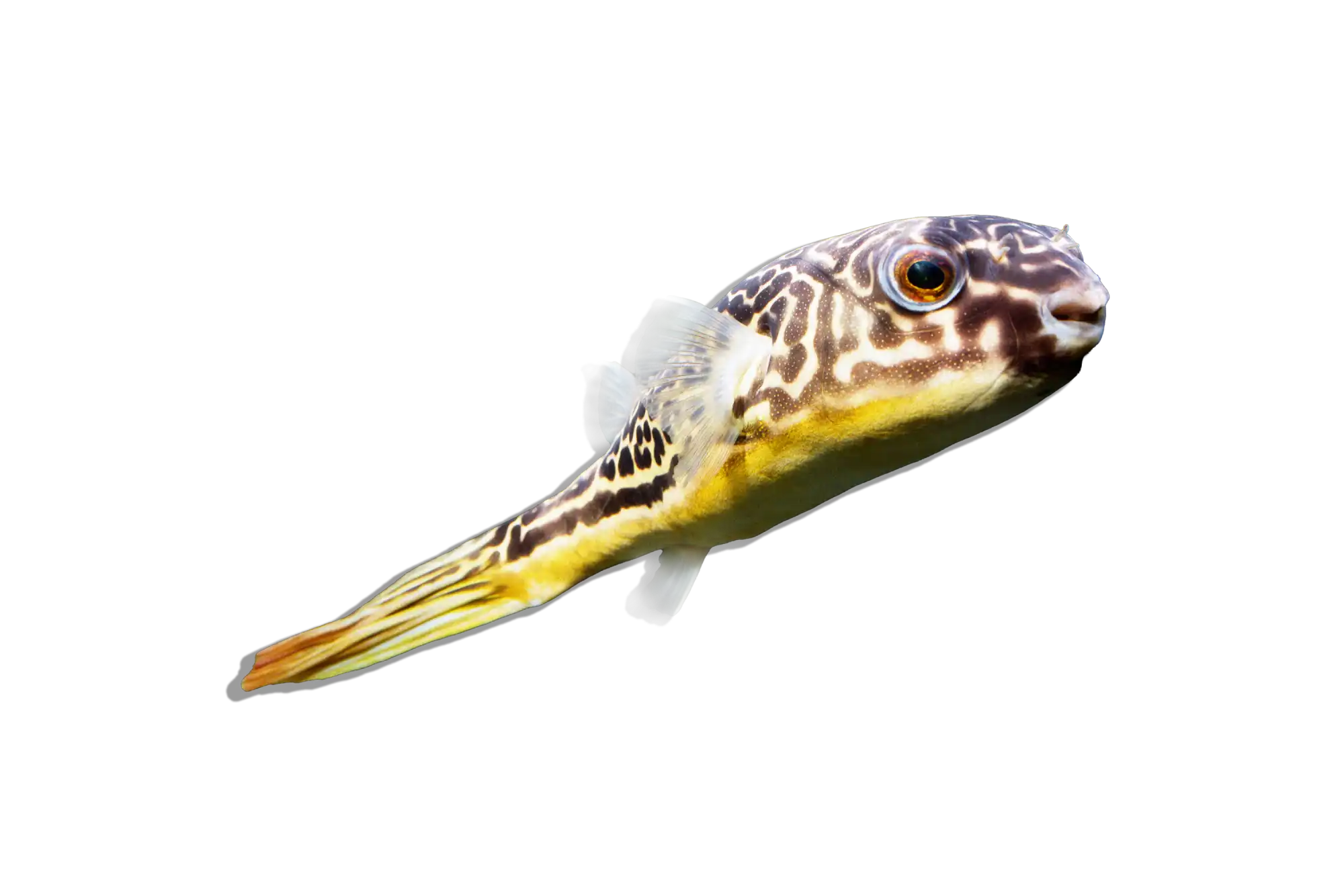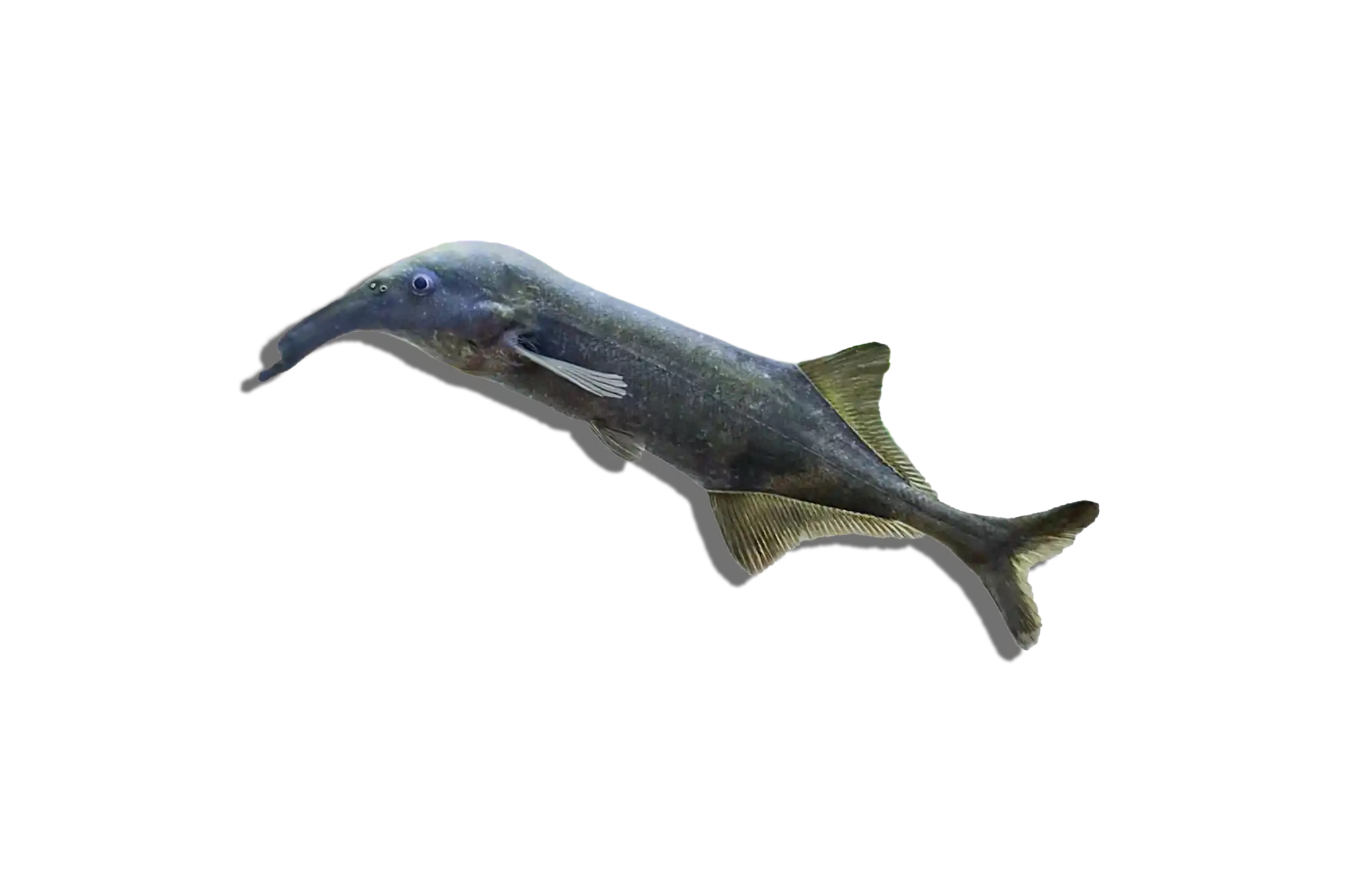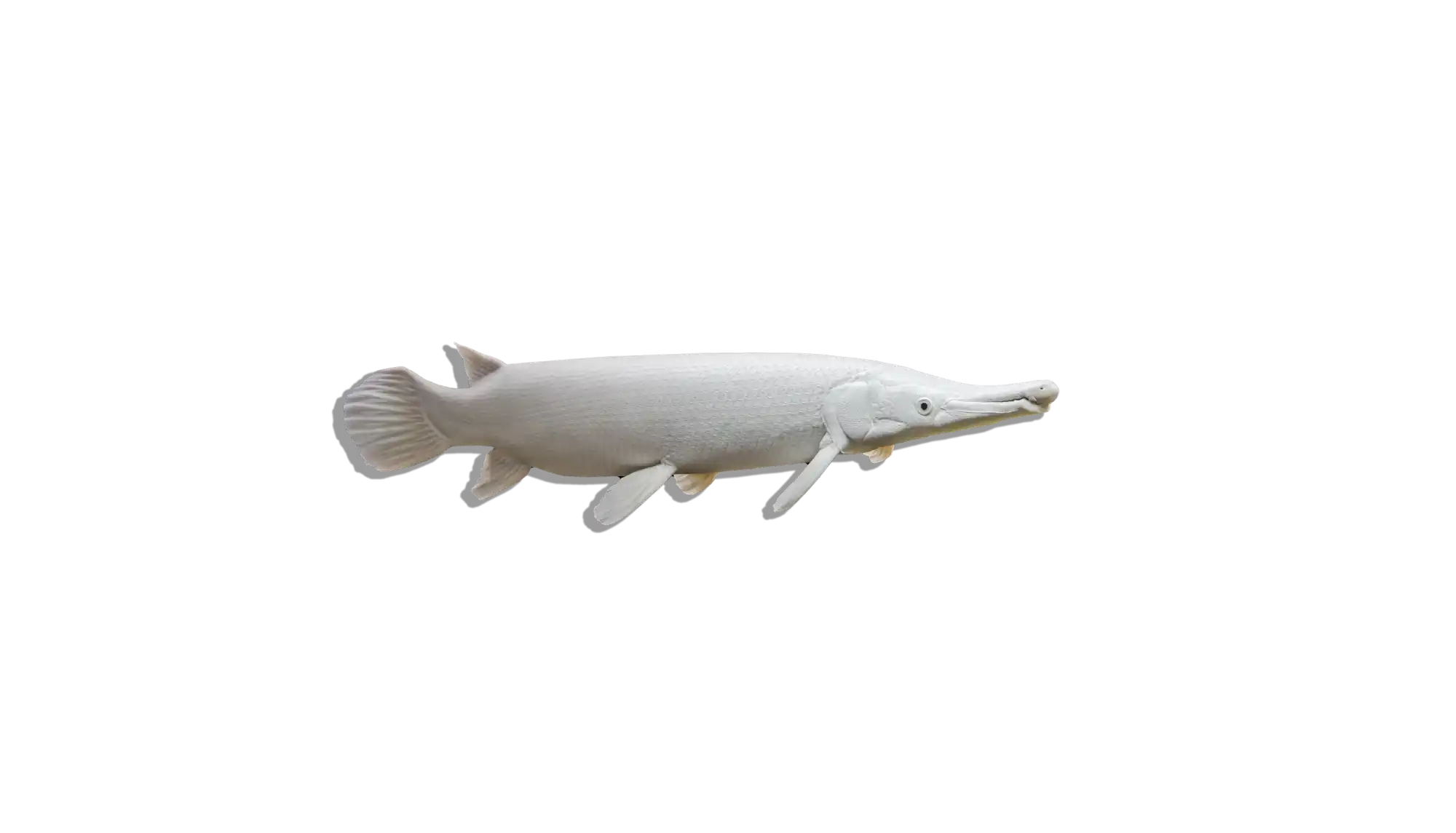Description
Common Name: Gold Nigrita Catfish
Scientific Name: Synodontis nigrita
Other Names: False Upside-Down Catfish, Black Synodontis
The Gold Nigrita Catfish is a medium-sized, hardy Synodontis species known for its attractive golden-brown to dark gray coloration with a subtly spotted or marbled pattern. Its coloration can vary based on habitat and genetics, with some individuals displaying a richer gold tone. Like other Synodontis catfish, it has long, sensitive barbels and an armored body, making it well-suited for life in fast-flowing or slow-moving waters. This species is an excellent scavenger, helping to keep the aquarium clean while remaining peaceful toward tank mates.
Habitat and Distribution:
Native to West and Central Africa, Synodontis nigrita is found in various freshwater environments, including rivers, lakes, and floodplains. It prefers areas with moderate to slow water flow, soft substrates, and ample hiding places, such as submerged roots and rock formations. This species is highly adaptable and can thrive in both clear and turbid waters.
Size and Lifespan:
The Gold Nigrita Catfish typically grows to about 6-8 inches (15-20 cm) in captivity but can reach up to 10 inches (25 cm) in the wild. With proper care, it can live for 10-15 years.
Diet and Behavior:
This species is an omnivorous bottom feeder, consuming a mix of plant matter, detritus, and small invertebrates in the wild. In captivity, they should be fed high-quality sinking pellets, frozen or live foods such as bloodworms, brine shrimp, and blackworms, and occasional vegetable-based foods like algae wafers or blanched zucchini. While they may occasionally swim upside-down like their close relatives, Synodontis nigrita typically spends more time near the bottom of the tank. They are nocturnal but may become more active during feeding times.
Breeding and Reproduction:
Breeding Synodontis nigrita in captivity is rare and difficult. In the wild, they spawn during the rainy season, with eggs being scattered in hidden areas among rocks or plants. There are no well-documented cases of successful home aquarium breeding, and most available specimens are wild-caught or farm-raised.
Aquarium Care and Tank Requirements:
A minimum of 55 gallons is recommended for a single adult, with larger tanks (75+ gallons) preferred for multiple individuals. Their ideal tank setup includes a soft sand or fine gravel substrate, driftwood and rock structures for hiding, moderate filtration with steady water flow, and dim to moderate lighting to mimic their natural habitat.
Ideal Tank Mates:
The Gold Nigrita Catfish is peaceful and can be housed with similarly sized fish. Suitable tank mates include African Cichlids, Congolese Tetras, Ropefish, Polypterus, and other Synodontis species. Avoid overly aggressive tank mates that may harass or outcompete them for food.
Difficulty Level:
Beginner to Intermediate. They are hardy and adaptable but require hiding spaces and stable water parameters to thrive.
Water Parameters:
- Temperature: 72-82°F (22-28°C)
- pH: 6.5-7.8
- General Hardness (GH): 5-15 dGH
- Carbonate Hardness (KH): 4-12 dKH
- Ammonia: 0 ppm
- Nitrite: 0 ppm
- Nitrate: <20 ppm (regular water changes required)
Additional Information:
- They are nocturnal but can adapt to being more active during the day with consistent feeding.
- Their coloration can change depending on water quality, diet, and stress levels.
- Unlike true upside-down catfish (Synodontis nigriventris), they spend more time on the substrate but may occasionally swim inverted.
The Gold Nigrita Catfish is a peaceful and visually appealing addition to African biotope aquariums. With proper care, they can be long-lived, active scavengers that contribute to a balanced tank ecosystem.

